Introduction The spine consists of soft tissues, ligaments, the spinal cord, nerve roots, and cartilage, forming an S-shaped curve with three regions: cervical, thoracic, and lumbar. Its primary…
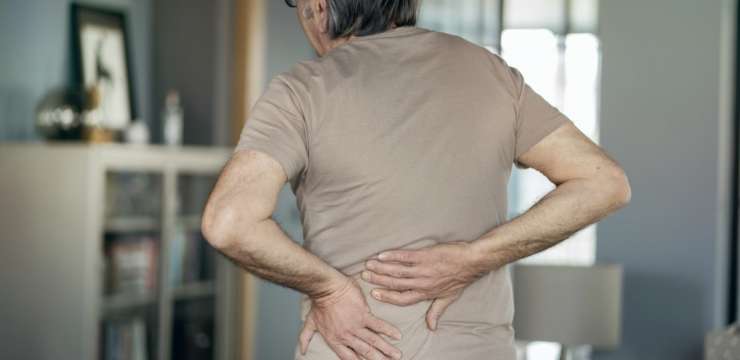
Herniated Disc: refers to a problem with one of the rubbery cushions (discs) between the individual bones (vertebrae) that stack up to make your spine.
A spinal disc, has a soft center encased within a tougher exterior. Sometimes called a slipped disc or a ruptured disc, a herniated disc occurs when some of the soft center pushes out through a tear in the tougher exterior.
A herniated disc can irritate the surrounding nerves which can cause pain, numbness or weakness in an arm or leg. On the other hand, many people experience no symptoms from a herniated disk. Most people who have a herniated disc will not need surgery to correct the problem. Herniated discs often result in inflammation. Dr. Jimenez and his health coach can work the patient to see them through their injured disk.
Symptoms
Most herniated disks occur in the lower back (lumbar spine), although they can also occur in the neck (cervical spine). Most common symptoms of a herniated disk:
Arm or leg pain: A herniated disk in the lower back, typically an individual will feel the most intense pain in the buttocks, thigh and calf. It may also involve part of the foot. If the herniated disc is in the neck, the pain will typically be most intense in the shoulder and arm. This pain may shoot into the arm or leg when coughing, sneezing or movin spine into certain positions.
Numbness or tingling: A herniated disk can feel like numbness or tingling in the body part served by the affected nerves.
Weakness: Muscles served by the affected nerves tend to weaken. This may cause stumbling or impair the ability to lift or hold items.
Someone can have a herniated disc without knowing. Herniated discs sometimes show up on spinal images of people who have no symptoms of a disc problem.

Introduction The spine consists of soft tissues, ligaments, the spinal cord, nerve roots, and cartilage, forming an S-shaped curve with three regions: cervical, thoracic, and lumbar. Its primary…
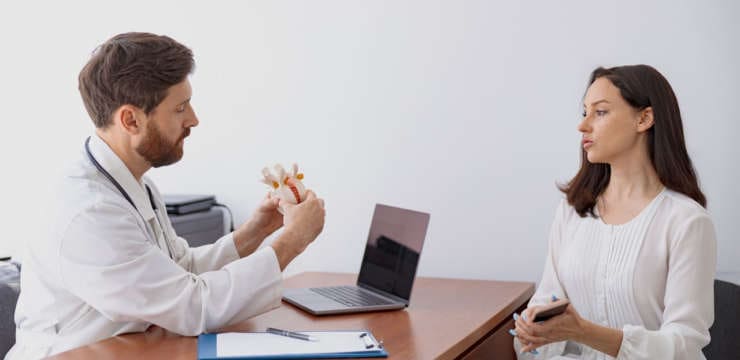
Herniated disc injuries and the time it takes to heal depend on the injury’s cause, the severity, and where it occurred along the spine. Symptoms…
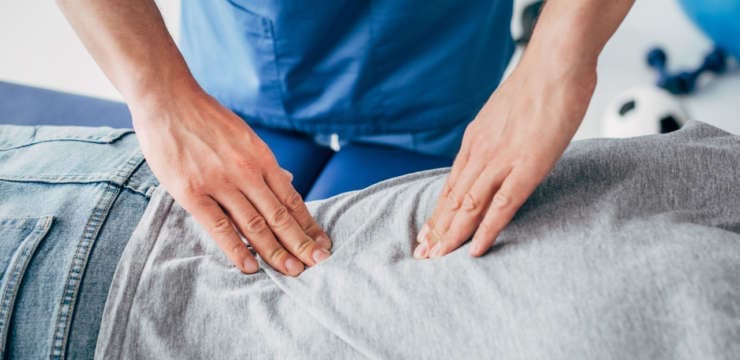
Spinal disc deterioration from aging is normal, but health issues or injuries can advance the degenerative process. Disc protrusions are related to herniated discs but…
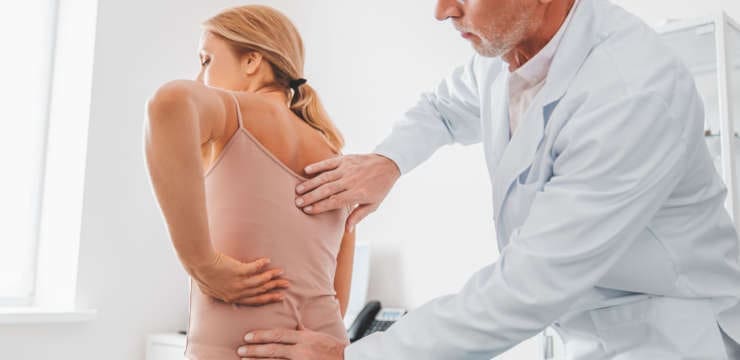
Herniated, slipped, or ruptured discs affect 80% or more of the population. Most individuals don’t even realize they suffered a vertebral subluxation, as it shifted…
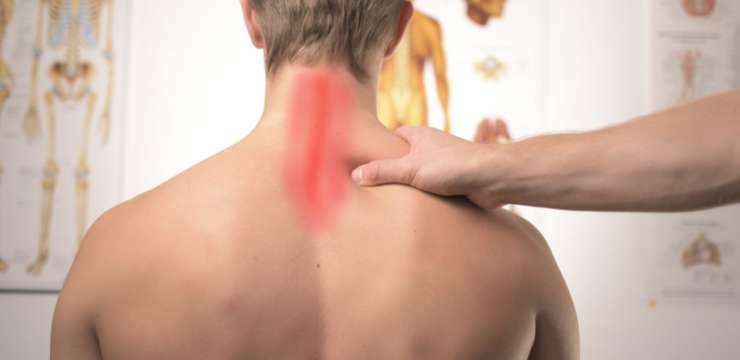
Introduction The body is a well-tuned machine that is on the move constantly. The different systems like the musculoskeletal system, the immune system, and the joint system, to…
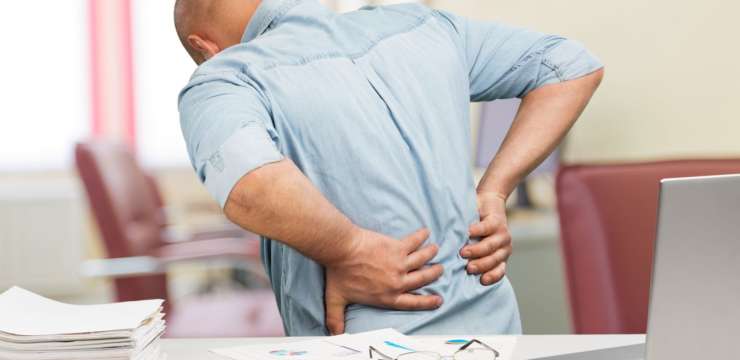
Introduction The spine provides many functions that the body requires when it is on the move. Without it, the body will not be able to stay upright…
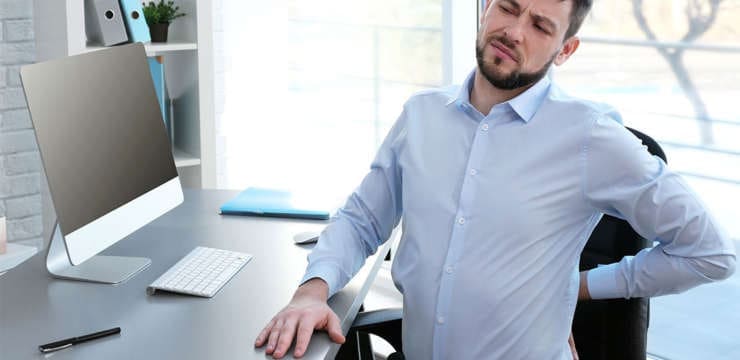
Introduction The spine is an S-shaped curve that runs down the back from the skull down to the pelvic bone. The vertebrae that make up the spine…
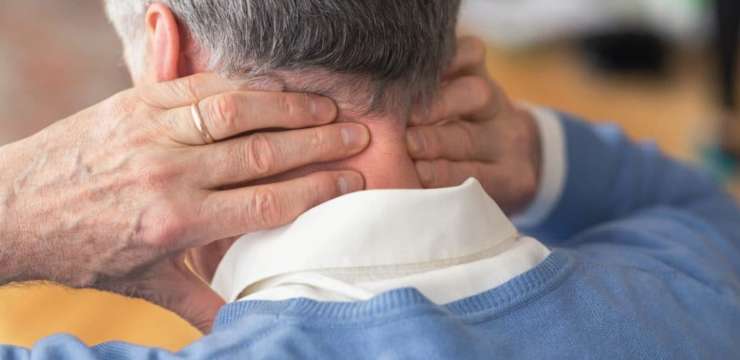
Introduction As part of the upper body, the neck’s job is to keep the head upright while providing motor functions to turn up, down, left,…
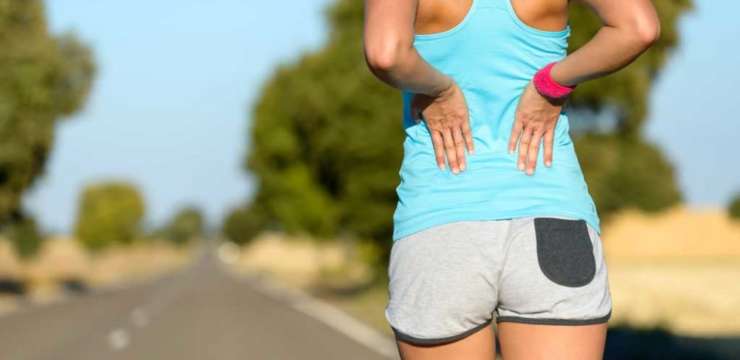
Introduction For keeping the body upright and on the move, the spine plays an essential role in allowing the body to do these ordinary functions. The S-shaped…
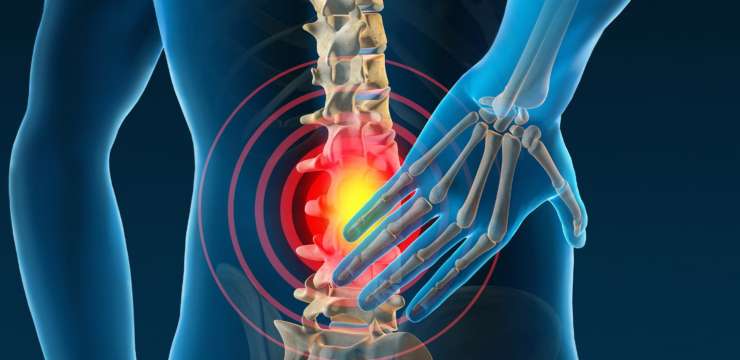
Introduction The spine is encompassed by soft tissues, the spinal cord, ligaments, and cartilage in an S-shaped curvature in the back. The spine’s primary function is…
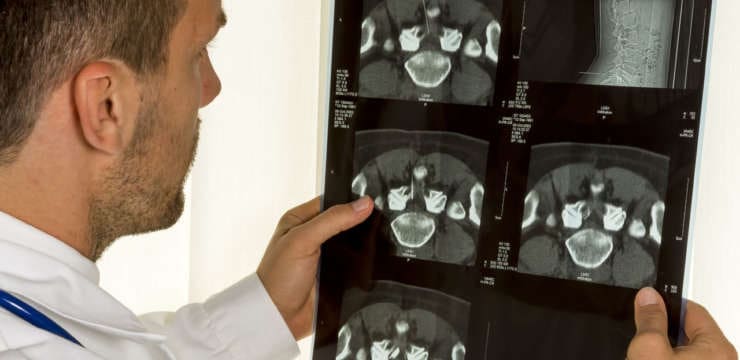
Sleeping with a bulging disc can be challenging for the body to achieve the proper rest. And sleeping in an awkward position can add stress…
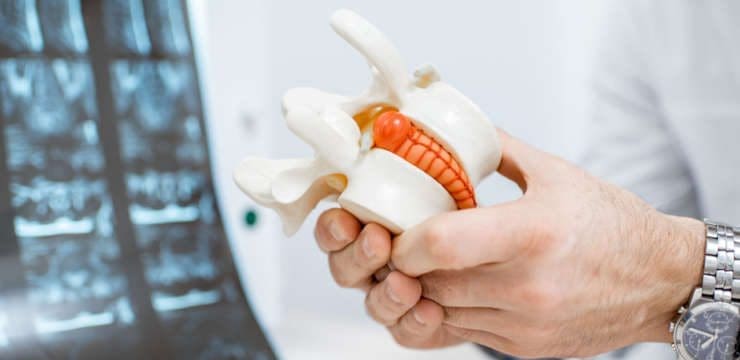
Herniated discs, although common, can be challenging to treat depending on the size. Over 3mm is considered a large herniated disc. However, it can progressively…

There are different possible causes of abdominal pain and digestive problems. Sometimes a bulging disc is the cause. A bulging disc that is causing abdominal…

Here are a few recommended stretches and exercises for relieving herniated disc symptoms. The vertebrae are the small bones that make up the spine. They…
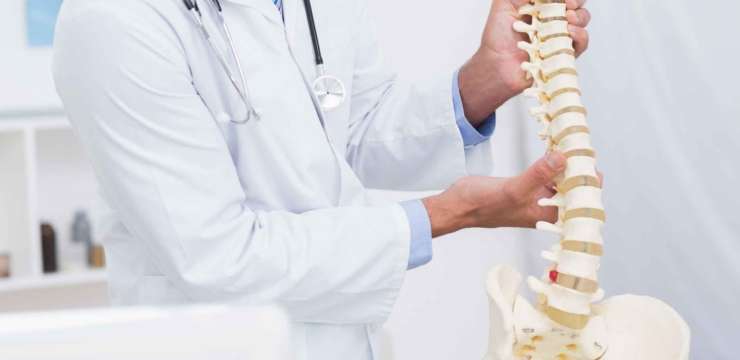
Degenerative Disc Disease is a general term for a condition in which the damaged intervertebral disc causes chronic pain, which could be either low back…
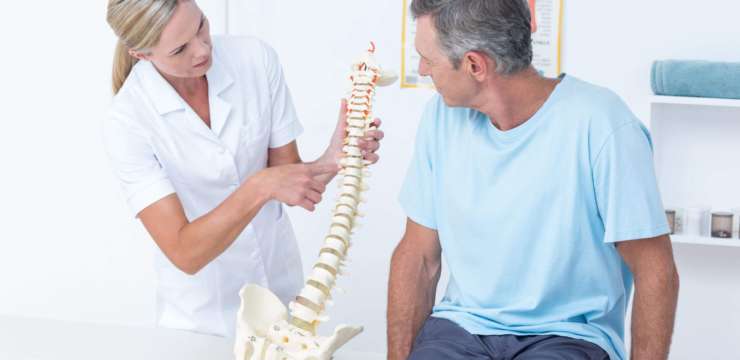
Disc bulge and disc herniation are some of the most common conditions that can affect the spine of both young and middle-aged patients. It is…